New Golf S without options is $20,000 bargain
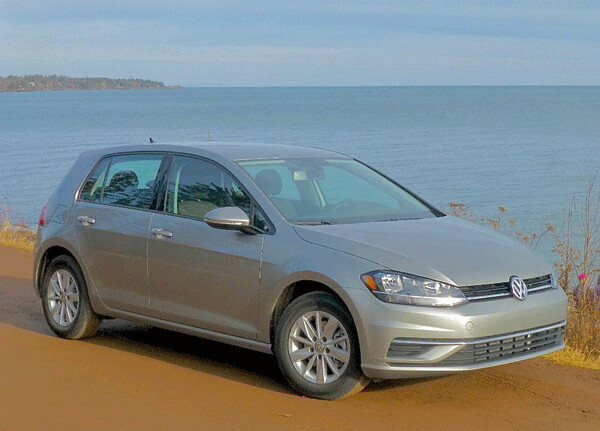
One of my more trusted friends among auto journalists shares many agreements and disagreements with me whenever we get together, but there is one thing we always agree on completely: With all the fancy and fanciful vehicles available these days, loaded up with technology, driving a basic, simple, Volkswagen Golf provides a feeling of complete security.
It is difficult these days, however, to find any road-test vehicle that comes close to being basic — which makes sense, because manufacturers want to parade their highest of high-tech features for review. But I recently was able to push aside all the fabulous and complex road testers and spend a week driving a Golf S.
I can’t wait to see my fellow-auto-writer again and tell him about my latest chapter in being impressed with Volkswagen’s attention to solid build quality and solid driveability, with its latest engine and powertrain functioning flawlessly.
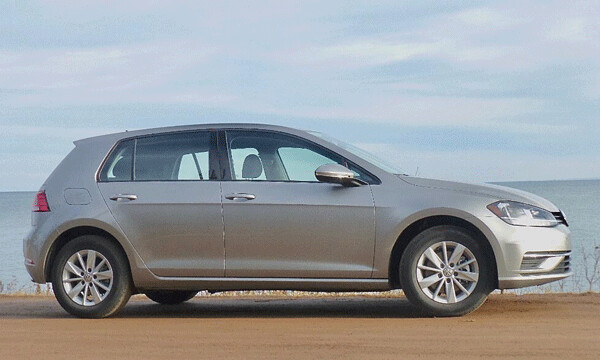
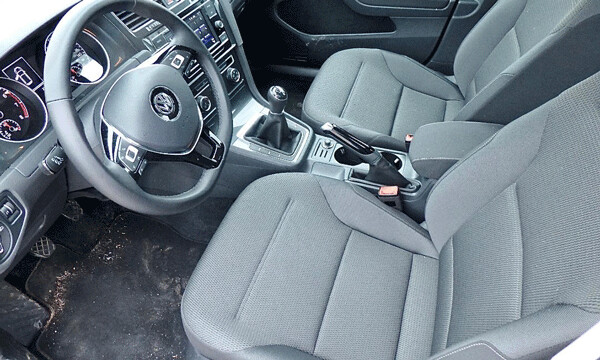
Volkswagen, incidentally, has come a long way back from the diesel-engine issue that threatened to devastate the company just as it was making bold moves toward marketplace superiority. It seemed shocking to me that a company with such exceptional technology would commit such a blatant bit of misconduct as to doctor the emission-testing devices on its superb 2.0-liter turbo-diesels, and engine that can easily reach high-40s and over 50 miles per gallon.
It also amazed me how many other manufacturers were subsequently caught having executed precisely the same trick but got away with the criticism kept in relative obscurity, including some lawsuits issued for General Motors pickup turbo-diesels that far outnumbered the VW problems.
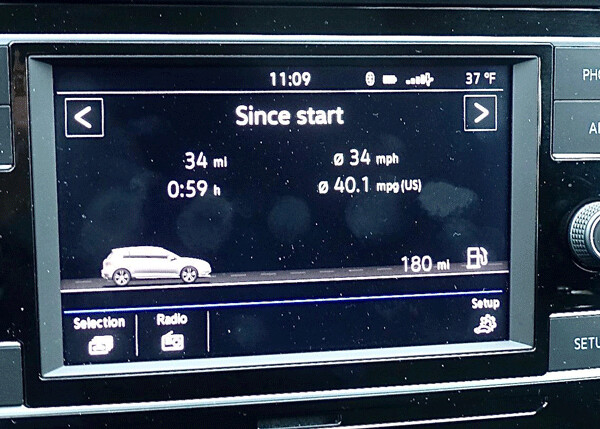

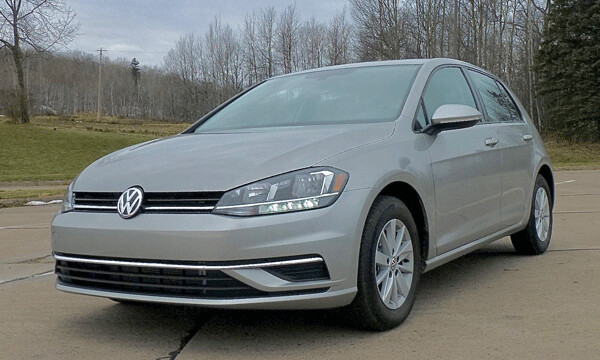
The end result is that possibly the German wizards at Volkswagen might end up eventually with superior products. The 2018 Golf S is a subtle example.
One of the most prominent comments I receive from years of vehicle testing is why do we always drive the high-end and most expensive vehicles? I always answer that I drive whatever I find available, so even though winter was descending on my North Shore of Lake Superior home with a chilling grip, I was enthused about getting in the base Golf.
When it’s below zero, features such as seat heaters, steering wheel heaters, and auto-start are really appreciated. They are so nice, that when I get a car in the cold that lacks those features, I feel deprived. Fortunately, this test car arrived before the heavcy cold or snow hit Northern Minnesota, so I didn’t miss those items too much.
The impressive thing about driving the Golf S is that you get a car that will provide basic transportation in any weather with its proven front-wheel-drive dependability, and from decades of leaving the basic shape and shell of the Golf constant, improving only the structural techniques and the vehicle’s driveability as new engineering trucks come along, you have the impressive feeling of complete security. You know you are in a solid, strong vehicle.
Most consumers undoubtedly start with the sticker price before deciding whether to consider a vehicle. This Golf S had, according to the sticker, no options installed. It was painted Tungsten Silver Metallic, with Titan Black intrerior. And the manufacturer’s suggested retail price was $20,910.
Now, you can’t find many cars of any capability for $20,000, and certainly not one that feels solid, delivers excellent satisfaction from being pushed through sporty driving and hard cornering, and can accelerate and run with cars costing twice as much while doing it. And that’s in basic form. That includes being a 4-door, hatchback, which provides honest room for four adults even if they’re over 6-feet tall, and there is surprising stowage room behind the back seat, which folds down to expand that utility space.
Golfs, these days, come in variations that include the GTI, which VW doesn’t even want to list among the standard array of Golfs, and the Golf R, which is a higher-performing all-wheel-drive GTI, and a SportWagen, which used to be sold as a variation of the Jetta but is now a Golf wagon, again with all-wheel drive as an option. With enhanced seater and steering wheel heaters, and navigation screen options, and a 7-speed dual-clutch automatic, you can boost the price of the Golf up to $40,000 pretty easily.
But it’s not mandatory. And staying basic for half the price means you could buy his and hers Golfs for the price of the loaded variety.
This car was so basic that it had the small 1.8-liter engine and a stick shift — but the stick shift was a 5-speed in this era where most cars with manual shifters start with six and go upward. But VW has done a clever job with this car’s powertrain. Normally, if you cut down from six to five gears, you find the gaps between gears too great to be efficient. But VW has adjusted the ratios so that the base five gears can cover the entire span of RPMs, which leaves the responsibility for efficiency up to the engine.
For years, Volkswagen has built 2.0-liter 4-cylinder engines that are as quick and satisfying as any in the industry. The diesel variation was just something extra special. For a time, the basic engine was a 2.5-liter 5-cylinder. But in the new scheme, the company has created a downsized 1.8-liter 4 as its base engine. Giving up a piston and almost a liter of displacement doesn’t sound too attractive, but the VW engineers built the 1.8 to be turbocharged, and the resulting boost of power — to 170 horsepower and 184 foot-pounds of torque — provides the engine’s computer with a lot of potency to play with.
You start up in first gear and find that the engine/gear combination will allow you to run the revs up. No need to shift before you get past the crosswalk. Shift the velvet-smooth gearshift to second, and you can again run the revs up to freeway speed. Same with third, and even fourth.
I found my biggest driving problem with the Golf S was driving along for 20 or 30 miles of a short freeway trip and realizing only when I slowed down that I was in fourth gear, instead of fifth. That doesn’t help fuel economy, but it sure didn’t seem to hurt it much, either.
In fact, as the accompanying photo of the instrument screen proves, I did prove that even while running the revs up, smoothly if not harshly, I could coax the Golf S and its 1.8 turbo up over 40 miles per gallon in combined city-highway driving.
While driving, there is never the hint that crosswinds or slippery roads could affect its stability. Driving the new Golf also makes you realize the advancements in body and chassis rigidity make it handle even better than all those Golfs you remember fondly from years back, for their handling and performance.
Going back to those wonderful and potent GTI “pocket rockets,” you also realize that the new car, with the turbo 1.8, probably outperforms those old classics.
It wouldn’t be a bad rule that anyone considering the purchase of any new compact should go to a VW dealer and ask to take a test drive around the block in the basic Golf S. You may decide not to purchase it, but you will find a completely new benchmark in your mind for evaluating what you’re considering compared to this $20,910 car.
